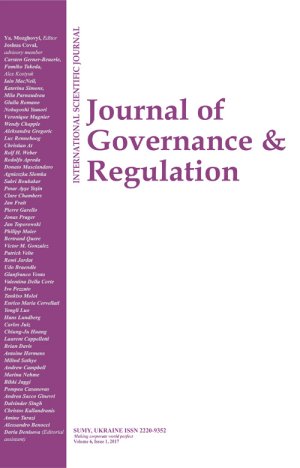
VALIDATION OF AN EMPLOYEE SATISFACTION MODEL: A STRUCTURAL EQUATION MODEL APPROACH
Download This ArticleAbstract
The purpose of this study was to validate an employee satisfaction model and to determine the relationships between the different dimensions of the concept, using the structural equation modelling approach (SEM). A cross-sectional quantitative survey design was used to collect data from a random sample of (n=759) permanent employees of a parastatal organisation. Data was collected using the Employee Satisfaction Survey (ESS) to measure employee satisfaction dimensions. Following the steps of SEM analysis, the three domains and latent variables of employee satisfaction were specified as organisational strategy, policies and procedures, and outcomes. Confirmatory factor analysis of the latent variables was conducted, and the path coefficients of the latent variables of the employee satisfaction model indicated a satisfactory fit for all these variables. The goodness-of-fit measure of the model indicated both absolute and incremental goodness-of-fit; confirming the relationships between the latent and manifest variables. It also indicated that the latent variables, organisational strategy, policies and procedures, and outcomes, are the main indicators of employee satisfaction. This study adds to the knowledge base on employee satisfaction and makes recommendations for future research.
Key Words: Employee Satisfaction; Structural Equation Modelling; Organisational Strategy; Policies and Procedures; Outcomes
How to cite this paper: Ledimo, O., & Martins, N. (2015). Validation of an employee satisfaction model: A structural equation model approach. Journal of Governance and Regulation, 4(1), 78-87. https://doi.org/10.22495/jgr_v4_i4_p8



















